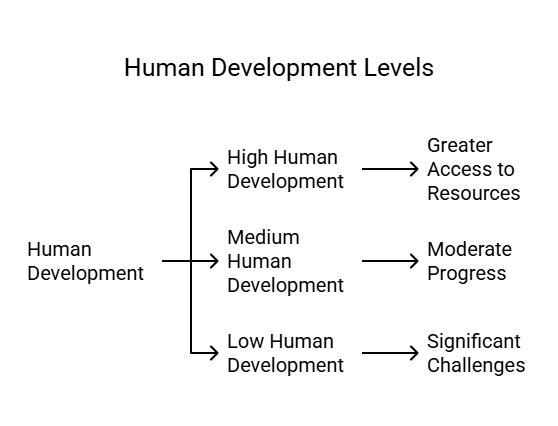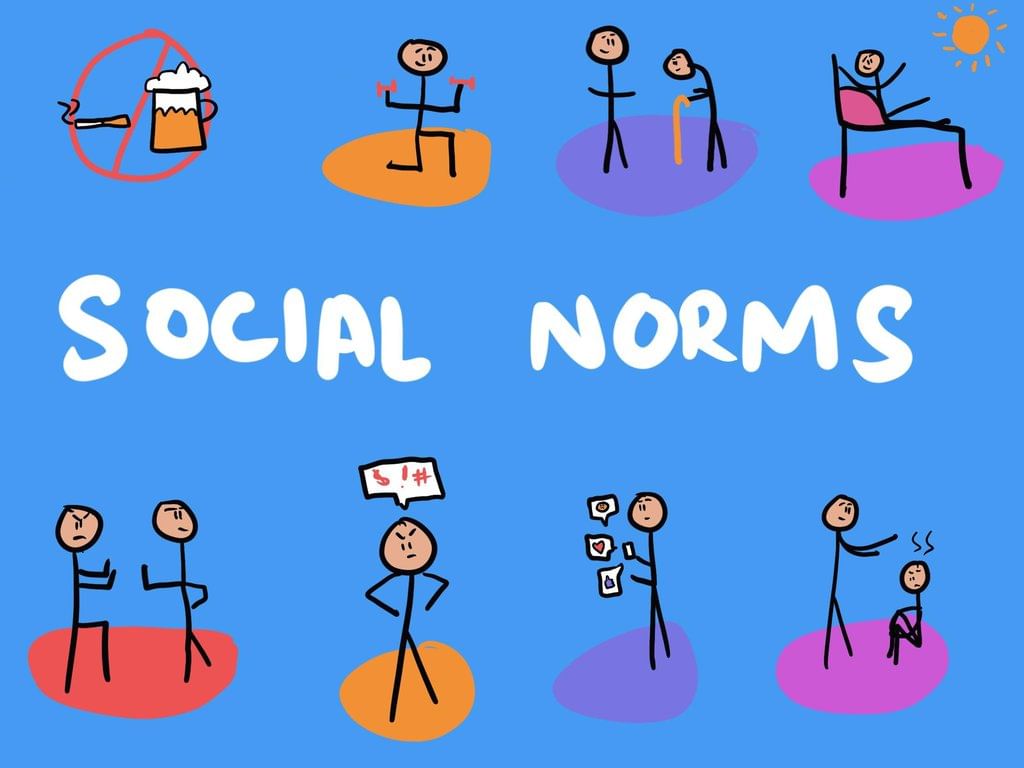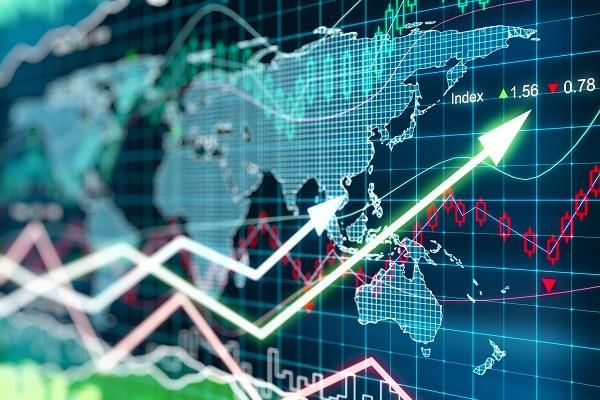|
True or False: The Human Development Index (HDI) combines indicators of health, education, and economic standards into a single measure. |
Card: 1 / 24 |
|
What are the three categories of human development countries as classified by the UNDP based on HDI scores? |
Card: 3 / 24 |
|
True or False: Economic growth is defined as an increase in economic variables that cannot be quantified. |
Card: 5 / 24 |
|
Social norms influence behaviors that contribute to economic efficiency and growth, impacting trust and cooperation in a society. |
Card: 8 / 24 |
|
What role does behavioral economics play in public policy, particularly in the context of India's Swachh Bharat Mission? |
Card: 9 / 24 |
|
Behavioral economics helps in designing policies that nudge people toward desirable behaviors, such as improved sanitation practices. |
Card: 10 / 24 |
|
True or False: The concept of development has remained static and unchanged since the early 20th century. |
Card: 11 / 24 |
 Unlock all Flashcards with EduRev Infinity Plan Starting from @ ₹99 only
|
|
The challenge lies in defining what constitutes development and quantifying its qualitative aspects. |
Card: 14 / 24 |
|
It suggests that maintaining order and addressing minor offenses can prevent larger crimes, fostering a trustworthy and efficient economic environment. |
Card: 18 / 24 |
|
What are the six variables used in the World Happiness Report to measure happiness? |
Card: 19 / 24 |
|
GDP per capita, social support, healthy life expectancy, freedom to make life choices, generosity, perception of corruption. |
Card: 20 / 24 |
|
Morality and altruism can enhance economic development by fostering cooperation and trust, leading to more efficient and equitable societies. |
Card: 22 / 24 |
|
What is the significance of integrating insights from behavioral economics into development policies? |
Card: 23 / 24 |
|
It enhances the effectiveness of policies by aligning them with human behavior and societal norms, leading to better outcomes in areas like healthcare and education. |
Card: 24 / 24 |






























